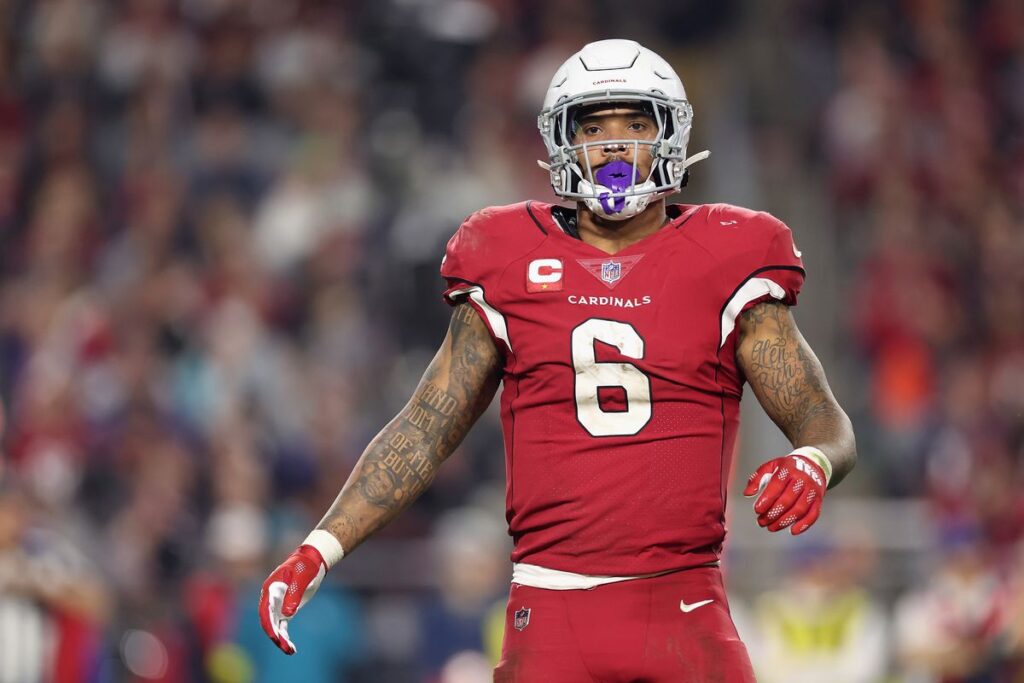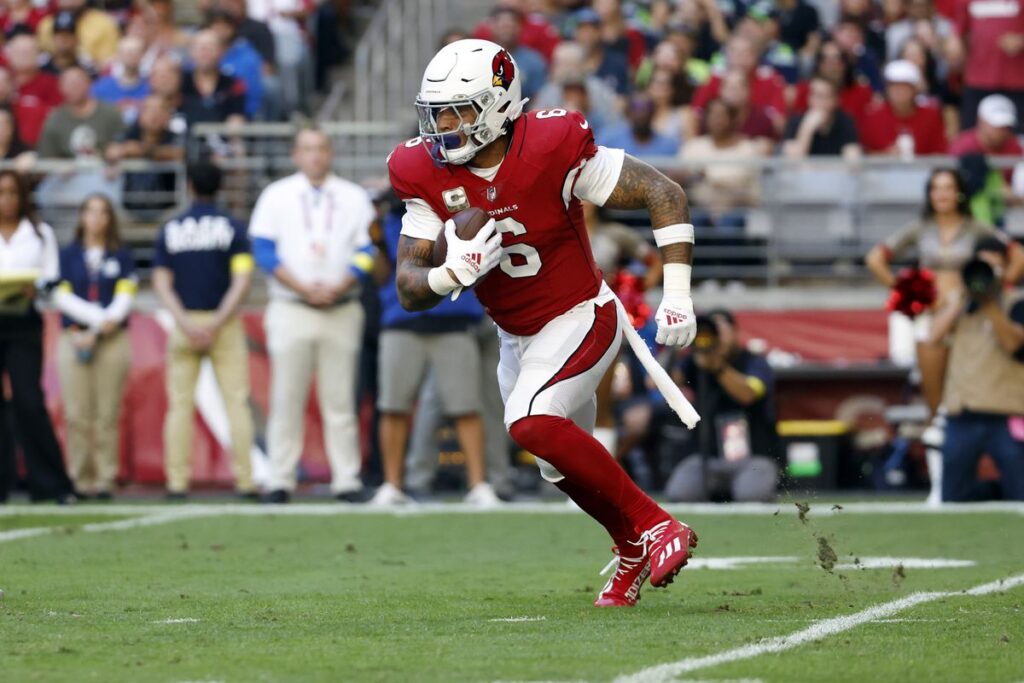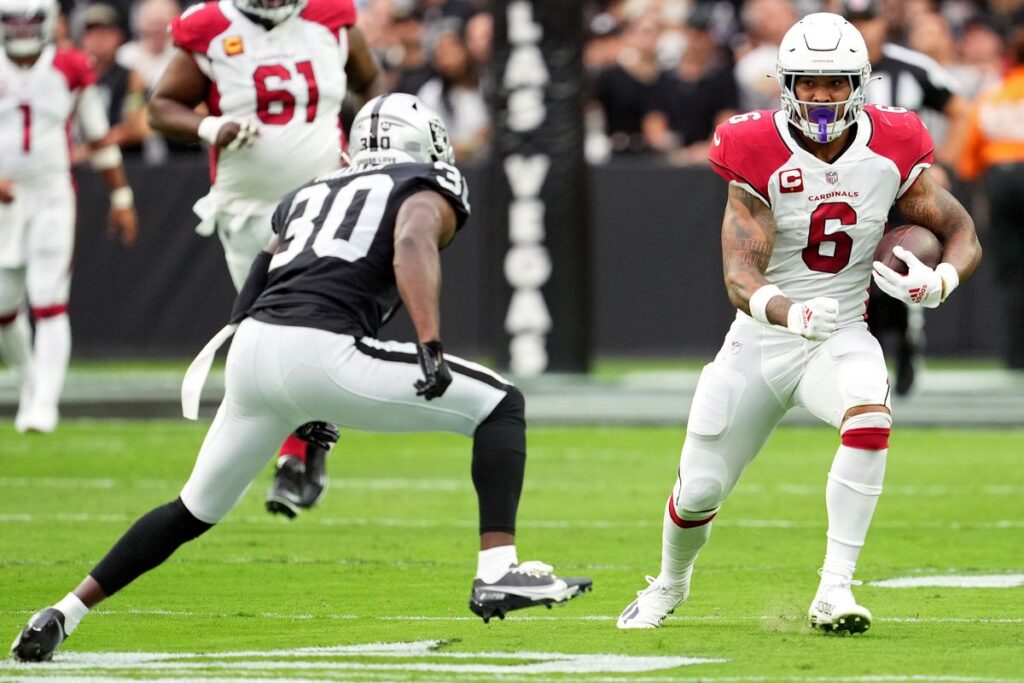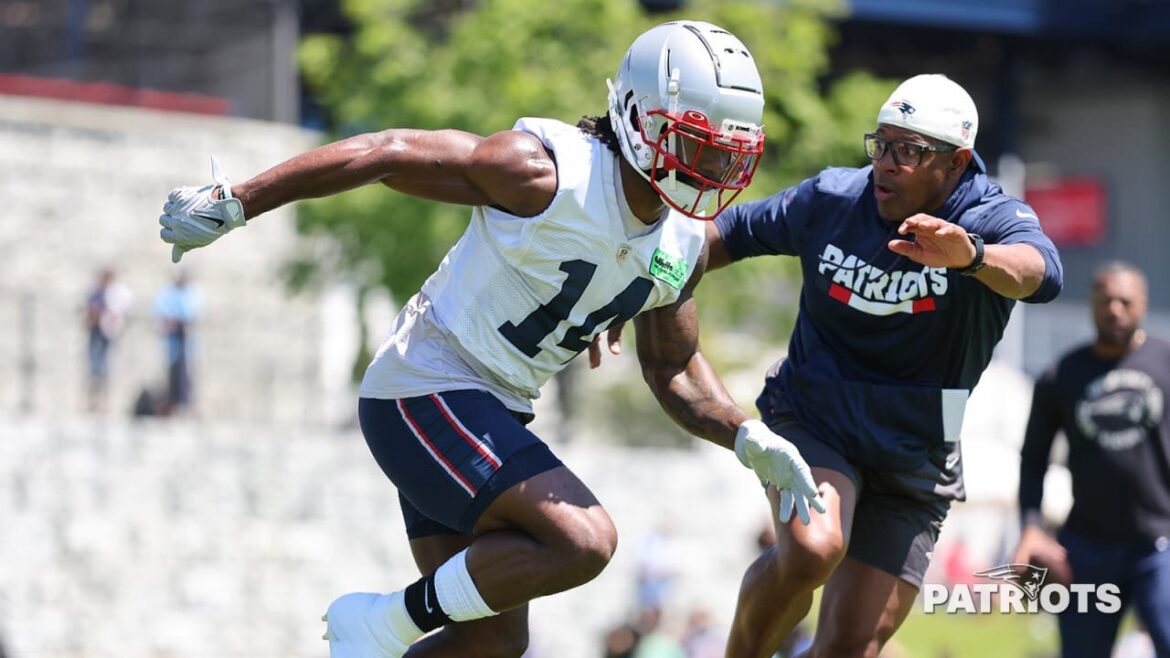The heartbeat of any sports team resonates in the careful curation of draft selections, embodying the very soul of the organization. These picks symbolize not only the aspirations for a triumphant future but also the covenant of raw talent and the latent promise of unparalleled success. Yet, within the ebullient prospect of drafting future stars, lies the harsh reality that not every selection blooms into the anticipated glory. Some unfurl into lamentable tales of unfulfilled potential, transforming what should have been a beacon of hope into a dire disappointment. This exploration will navigate the intricate landscape of unsuccessful draft picks, unraveling the nuanced dynamics behind their occurrence, scrutinizing the intricate tapestry of reasons that lead to their downfall, and proffering insights into strategies teams can adopt to sidestep the pitfalls of such calamitous choices. In essence, we embark on a journey to decipher the anatomy of disappointment within the realm of sports drafts, seeking to unravel the enigma that shrouds the elusive recipe for a prosperous selection.
The Significance of Good Draft Picks
Boosting Team Success
Choosing the right players in a draft can make a huge difference for a team. It brings in the skills and strength required to play at the top, increasing the chances of winning championships and gaining recognition.
Avoiding Setbacks
On the flip side, making poor draft choices can hurt a team for a long time. It can make it difficult for them to be competitive and wastes important team resources that could have been used more effectively.
Factors in an Unsuccessful Draft Pick
Lack of Thorough Scouting
The Problem
One major reason why some draft picks don’t work out is the absence of careful scouting. This means teams may pick players without fully understanding their abilities or whether they can handle the challenges of professional sports.
Why it Matters
Choosing players without proper evaluation can lead to a mismatch between the player’s skills and what’s required at the pro level, resulting in disappointment for both the player and the team.
Poor Fit with Team Culture and Playing Style

The Issue
Even if a player is talented, their success can be hindered if they don’t blend well with the team’s culture or playing style. Team dynamics and coordination are crucial for achieving success in any sport.
Why it Matters:
Players may struggle to perform at their best when they don’t connect with teammates or coaches. This lack of harmony can affect overall team performance and the individual player’s development.
Injuries Derailing Careers
The Challenge
Injuries pose a significant threat to a player’s career, especially if they occur early on. A promising prospect can quickly turn into a cautionary tale, as injuries may prevent them from reaching their full potential.
Why it Matters
When a player’s career is derailed by injuries, it not only impacts their individual success but also affects the team’s investment in the draft pick. Teams need to consider a player’s injury history to minimize the risk of selecting someone prone to frequent setbacks.
Notable Failures in Sports Drafts

In the world of sports, some draft picks don’t turn out as expected. This happens for various reasons, ranging from personal problems to health issues. Let’s explore some well-known cases of unsuccessful draft picks.
Failed Expectations
Off-Field Issues
Many top prospects who were expected to shine on the field ended up failing due to problems off the field. These issues, which could be personal or behavioral, hindered their ability to succeed in their professional careers.
Health Challenges
Other promising talents faced setbacks because of health concerns. Despite being labeled as “can’t-miss,” these athletes struggled to stay fit and active, leading to disappointment for both themselves and their teams.
Lessons from History
The history of sports is filled with cautionary tales about unsuccessful draft picks. These stories serve as valuable lessons for teams and fans alike, emphasizing the importance of considering more than just athletic ability when making draft decisions.
How to Avoid Unsuccessful Draft Picks

Comprehensive Scouting
To steer clear of unsuccessful draft picks, teams must engage in comprehensive scouting, leaving no aspect of a player’s profile unexamined. Beyond assessing physical skills, teams should delve into a player’s character, leadership qualities, and work ethic. This multifaceted evaluation provides a holistic understanding of a player’s potential contributions and challenges. By meticulously scrutinizing every dimension, teams enhance their ability to make well-informed decisions during the draft, reducing the likelihood of selecting players with hidden pitfalls.
Fit with Team Culture A Cultural Match
The significance of a player’s fit within a team’s culture cannot be overstated. While talent is crucial, it must align with the team’s values and playing style. Teams need to evaluate a player’s adaptability, teamwork, and commitment to the collective goals of the organization. A player might possess exceptional skills, but if they don’t harmonize with the team ethos, their overall impact could be compromised. By prioritizing cultural compatibility, teams foster an environment where players can thrive collaboratively, contributing to sustained success.
Risk Management: Navigating Uncertainties Strategically
Drafting inherently involves risks, and acknowledging and managing these uncertainties is crucial. Teams should conduct a thorough risk assessment, considering factors such as potential injuries, adaptation to professional competition, and unforeseen challenges. It’s imperative to weigh the potential rewards against the associated risks, ensuring a balanced decision-making process. By adopting a strategic approach to risk management, teams can minimize the chances of unsuccessful draft picks and cultivate a roster that is resilient and well-prepared for the complexities of professional sports.
Conclusion Crafting a Resilient Drafting Blueprint
Evaluating the Consequences The Far-reaching Impact
In conclusion, the consequences of unsuccessful draft picks are multifaceted and extend well beyond the confines of the playing field. Teams grappling with these setbacks face financial strain, diminishing fan engagement, and a palpable impact on team culture. It is imperative to recognize the broader implications that go beyond win-loss records and delve into the intricacies of team dynamics.
Identifying Contributing Factors A Microscopic Analysis
To fortify their draft strategies, teams must embark on a meticulous examination of the intricate factors contributing to unsuccessful picks. This involves a deep dive into the efficacy of scouting procedures, the accuracy of player assessments, and the efficacy of decision-making processes within the organization. Only through this granular analysis can teams pinpoint and rectify the root causes of suboptimal drafting.
Strategic Implementation for Long-Term Success: A Holistic Framework
The road to success on draft day demands a comprehensive and dynamic approach. Establishing stringent scouting protocols is merely the beginning; teams must define explicit criteria for player selection, foster a culture of innovation, and embrace a collaborative decision-making ethos. Furthermore, the strategic implementation of feedback loops and continuous improvement mechanisms is paramount for ensuring that draft strategies evolve in tandem with the ever-evolving landscape of professional sports.
Looking Beyond Draft Day Architecting a Legacy
Effective drafting is a long-term endeavor that necessitates foresight and strategic planning. Teams must extend their gaze beyond immediate gains and contemplate the enduring consequences of draft choices. This involves not only developing a roster capable of immediate impact but also nurturing talent for sustained success. By prioritizing the cultivation of a well-rounded team and fostering a culture of adaptability, organizations can weather the challenges posed by unsuccessful draft picks and build a legacy that stands the test of time.
FAQs
1. What is an unsuccessful draft pick?
An unsuccessful draft pick refers to a situation in professional sports where a team selects a player during the draft process, but the player fails to meet the expected performance standards, negatively impacting the team’s success.
2. Why do teams make unsuccessful draft picks?
Unsuccessful draft picks can result from various factors, including inaccurate scouting assessments, poor decision-making processes within the organization, unforeseen injuries, or a lack of compatibility with the team’s playing style.
3. What are the consequences of unsuccessful draft picks?
The consequences of unsuccessful draft picks are broad and can include financial implications, diminished team morale, and a negative impact on overall team performance. It can also affect the team’s competitiveness in the league.
4. How do teams mitigate the risk of unsuccessful draft picks?
Teams can reduce the risk of unsuccessful draft picks by implementing robust scouting procedures, defining clear criteria for player selection, fostering a collaborative decision-making environment, and continuously evaluating and adjusting their draft strategies.
5. Can unsuccessful draft picks be turned around?
Yes, in some cases, players initially deemed unsuccessful draft picks have managed to overcome challenges, adapt to the team’s dynamics, and eventually contribute significantly. However, this depends on various factors, including player development, coaching strategies, and the player’s resilience.
6. Are there examples of successful teams recovering from unsuccessful draft picks?
Yes, many successful teams have faced setbacks with unsuccessful draft picks but managed to recover through strategic player development, effective coaching, and a commitment to continuous improvement in their draft processes.
7. How do unsuccessful draft picks impact team morale?
Unsuccessful draft picks can negatively affect team morale by creating disappointment and frustration among players, coaches, and fans. It may also lead to internal conflicts and challenges in maintaining a positive team culture.
8. Is there a difference between unsuccessful draft picks in different sports?
While the concept of unsuccessful draft picks is present across various sports, the specific factors contributing to it may vary. Different sports leagues have distinct scouting processes, player development systems, and team dynamics that influence the outcomes of draft selections.
9. Can fans influence a team’s response to unsuccessful draft picks?
Fan reactions can influence a team’s approach to managing unsuccessful draft picks to some extent. However, teams typically make decisions based on a combination of fan sentiment, internal assessments, and long-term strategic goals.
10. How do unsuccessful draft picks impact a team’s long-term success?
Unsuccessful draft picks can have lasting effects on a team’s long-term success by hindering the development of a competitive roster. However, proactive measures, such as learning from mistakes, refining drafting strategies, and prioritizing player development, can contribute to overcoming these challenges.








